Pediatric sleep disordered breathing (SDB)
Pediatric sleep disordered breathing (SDB) disorders cause breathing to stop or become shallow while sleeping. SDBs include conditions such as obstructive sleep apnea (OSA). While common in adults, obstructive sleep apnea affects only between 2% and 3 % of children.
What is pediatric sleep disordered breathing (SDB)?
A child can stop breathing during sleep if something is blocking their air flow. This causes oxygen levels in the body to fall, triggering the brain to wake and take a breath. This condition is known as obstructive sleep apnea (OSA).
This may happen for a few seconds at a time and occur multiple times during a sleep cycle. The disorder can be dangerous and lead to complications, including behavioral, heart, and lung problems, or in rare instances, it can be life-threatening.
What are the different types of pediatric sleep disordered breathing (SDB)?
Central sleep apnea (CSA) - a rare condition that occurs when the part of the brain in charge of breathing doesn't work properly. It is most often found in infants.
Obstructive sleep apnea (OSA) - this is by far the most common type of sleep apnea. OSA is the result of a blockage in the back of the nose or throat. It may be due to enlarged tonsils, an oversized tongue or a small or collapsed airway.
Mixed sleep apnea - this is some combination of central and obstructive sleep apnea.
What are the signs and symptoms of pediatric sleep disordered breathing (SDB)?
Loud snoring is the most prevalent symptom of sleep apnea in children, but most snoring is not caused by the condition. In other words, many children snore but most of them don't have sleep apnea. Symptoms of obstructive sleep apnea in children are dependent on the child's age, as outlined below.
Symptoms in infants (birth to 1 year):
Breathing through the mouth only
Cyanosis (blue or gray skin or fingernails)
Choking or gurgling sounds
Difficult to wake in the morning
Have patterns of repeated pauses in breathing that last less than or longer than 20 seconds
Have related problems, such as low oxygen or a slow heartbeat
Have needed resuscitation or other urgent care
Symptoms in children older than 1 year:
Behavioral and attention problems
Breathing that stops for a few seconds at a time during sleep
Breathing through the mouth only
Difficult to wake in the morning
Gasping noises during sleep
Hyperactive behavior when awake
Irritability from lack of quality sleep
Loud breathing during sleep
Restless sleep (moves around a lot)
Unusual sleeping positions
How is pediatric sleep disordered breathing (SDB) diagnosed?
If you suspect your child may have a sleep disorder, you should see a doctor immediately. Sleep disorders can lead to neurological and cardiovascular problems later on.
Your pediatrician will ask if you have a family history of sleep apnea. He will then perform a physical exam to look for obstructions that might cause breathing difficulties. These might include things such as enlarged tonsils or narrow airways. If the doctor suspects sleep apnea, they may recommend a sleep study.
Sleep study - A sleep study may occur at a lab that uses special technology to monitor your child’s behavior while sleeping. More often, your doctor will order a device such as an actigraph to track your child’s sleep patterns. The watch-like instrument is non-invasive and provides specialists with data they need to recommend appropriate treatments.
What are the causes of pediatric sleep disordered breathing (SDB)?
Obstructive sleep apnea (OSA) may happen because something is blocking the upper airway, such as enlarged tonsils or adenoids. It may also happen if the muscles in the back of the throat relax and collapse during sleep.
Infants (birth to 1 year) are more at risk for OSA due to their tendency to put items in their mouth and their smaller, and sometimes underdeveloped, airways.
Risk factors
Cranio-facial defects (problems with the mouth, jaw or throat)
Family history of sleep apnea
Putting objects into mouth
Tumor or growth in the throat
How is pediatric sleep disordered breathing (SDB) treated?
Though rare in children, sleep-disordered breathing (SDB) disorders can be serious. Left untreated, obstructive sleep apnea (OSA) can lead to heart arrhythmias, high blood pressure, heart failure or even stroke.
If your child's doctor diagnoses an SDB, treatment will depend on both the condition and the symptoms. The intent of any treatment is to keep your child’s airway open so they keep breathing while asleep.
Mouthpieces can help align a child's jaw so that she is able to breathe easier.
Pediatric sleep disordered breathing (SDB) doctors and providers
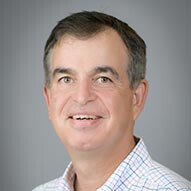 Ron Mitchell, MDPediatric Otolaryngologist (ENT)
Ron Mitchell, MDPediatric Otolaryngologist (ENT)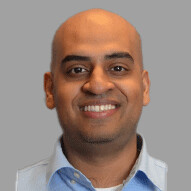 Gijo Alex, MDPediatric Anesthesiologist
Gijo Alex, MDPediatric Anesthesiologist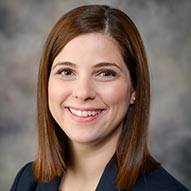 Elisa Basora Rovira, MDPediatric Pulmonologist and Sleep Medicine
Elisa Basora Rovira, MDPediatric Pulmonologist and Sleep Medicine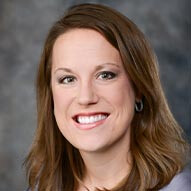 Michelle Caraballo, MDPediatric Pulmonologist and Sleep Medicine
Michelle Caraballo, MDPediatric Pulmonologist and Sleep Medicine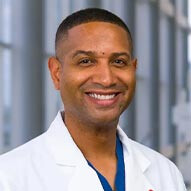 Romaine Johnson, MDPediatric Otolaryngologist (ENT)
Romaine Johnson, MDPediatric Otolaryngologist (ENT)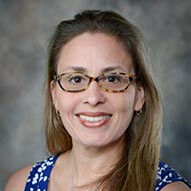 Tanya Martinez-Fernandez, MDPediatric Pulmonologist/Sleep Medicine
Tanya Martinez-Fernandez, MDPediatric Pulmonologist/Sleep Medicine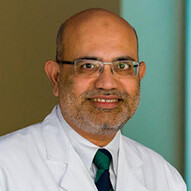 S. Kamal Naqvi, MDPediatric Pulmonologist/Sleep Medicine
S. Kamal Naqvi, MDPediatric Pulmonologist/Sleep Medicine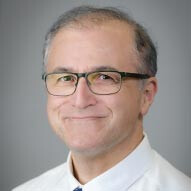 Seckin Ulualp, MDPediatric Otolaryngologist (ENT)
Seckin Ulualp, MDPediatric Otolaryngologist (ENT)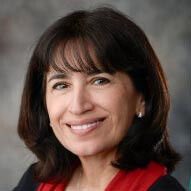 Maria Veling, MDPediatric Otolaryngologist (ENT)
Maria Veling, MDPediatric Otolaryngologist (ENT) Anna Wani, MDPediatric Sleep Medicine Specialist
Anna Wani, MDPediatric Sleep Medicine Specialist W. David Brown, PhDPediatric Psychologist - Sleep Medicine
W. David Brown, PhDPediatric Psychologist - Sleep Medicine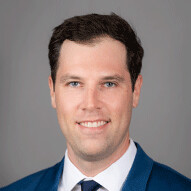 Stephen Chorney, MDPediatric Otolaryngologist (ENT)
Stephen Chorney, MDPediatric Otolaryngologist (ENT)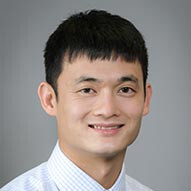 Christopher Liu, MDPediatric Otolaryngologist (ENT)
Christopher Liu, MDPediatric Otolaryngologist (ENT) Debra Weinberger, MDPediatric Otolaryngologist (ENT)
Debra Weinberger, MDPediatric Otolaryngologist (ENT) Annie Kincaid, APRN, FNPNurse Practitioner - Pulmonology
Annie Kincaid, APRN, FNPNurse Practitioner - Pulmonology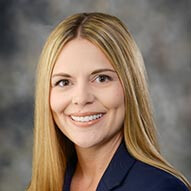 Rachel Rosen, APRN, PNP-PCNurse Practitioner - Sleep Disorders
Rachel Rosen, APRN, PNP-PCNurse Practitioner - Sleep Disorders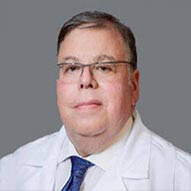 Loren Glasser, MDPediatric Pulmonologist
Loren Glasser, MDPediatric Pulmonologist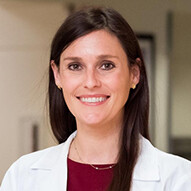 Kimberly Donner, PA-CPhysician Assistant - Otolaryngology
Kimberly Donner, PA-CPhysician Assistant - Otolaryngology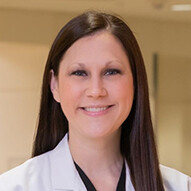 Jennifer Moylon, PA-CPhysician Assistant - Otolaryngology
Jennifer Moylon, PA-CPhysician Assistant - Otolaryngology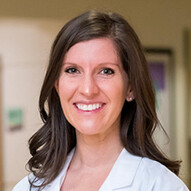 Emily Roman, PA-CPhysician Assistant - Otolaryngology
Emily Roman, PA-CPhysician Assistant - Otolaryngology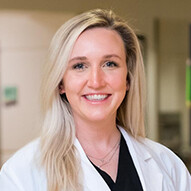 Katherine Turner, PA-CPhysician Assistant - Otolaryngology
Katherine Turner, PA-CPhysician Assistant - Otolaryngology Carol Watson, PA-CPhysician Assistant - Otolaryngology
Carol Watson, PA-CPhysician Assistant - Otolaryngology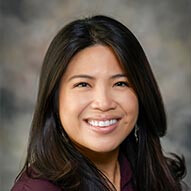 Mariella Garza, APRN, PNP-PCNurse Practitioner - Otolaryngology
Mariella Garza, APRN, PNP-PCNurse Practitioner - Otolaryngology Cheryl Holihan, APRN, PNP-AC/PCNurse Practitioner - Otolaryngology
Cheryl Holihan, APRN, PNP-AC/PCNurse Practitioner - Otolaryngology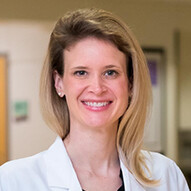 Caroline Martin, APRN, PNP-AC/PCNurse Practitioner - Otolaryngology
Caroline Martin, APRN, PNP-AC/PCNurse Practitioner - Otolaryngology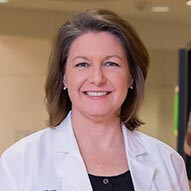 Margaret McCasland, APRN, PNP-AC/PCNurse Practitioner - Otolaryngology
Margaret McCasland, APRN, PNP-AC/PCNurse Practitioner - Otolaryngology